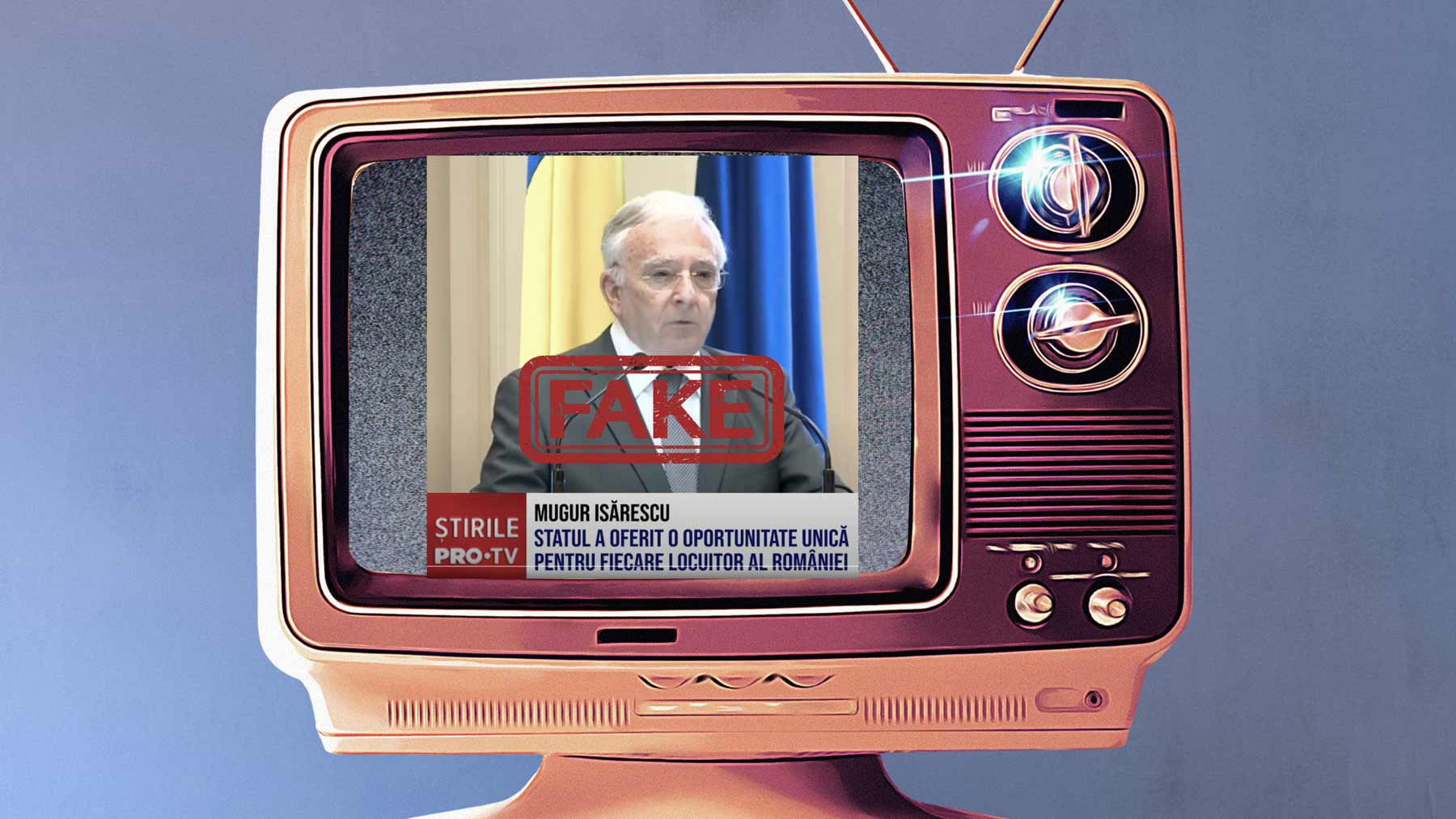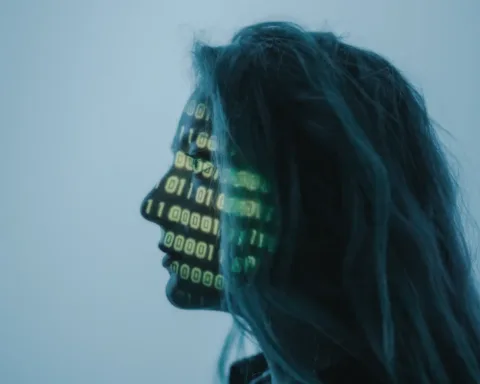Looks like seeing is no longer believing.
The Directoratul Național de Securitate Cibernetică (DNSC), a governmental body, has taken a significant step forward by releasing a guide aimed at identifying deepfake content.
A notable instance of deepfake misuse, as highlighted by the DNSC, involved a fraudulent scheme using deepfake technology to produce deceptive videos of the governor of the National Bank of Romania (BNR).
These videos falsely depicted the governor endorsing an investment platform, leading the BNR to alert the public about the scam. The artificial intelligence employed in these scams is designed to alter the governor’s voice and image, aiming to mislead the public into participating in fraudulent investment opportunities, with promises of quick and easy financial gains.
Spotting a Deepfake: Indicators to Watch
According to the DNSC guide, certain tell-tale signs can help in identifying deepfakes:
- Environmental Anomalies: Look out for inconsistencies such as non-existent shadows, overly strong reflections, or blurred areas.
- Facial Imperfections: Unrealistic moles, unsynchronized blinking, distortions inside the mouth like missing teeth or tongues, or overly perfect teeth are red flags.
- Lip-Sync Discrepancies: A common indicator is the misalignment of speech/sound and lip movements, particularly noticeable with the pronunciation of the letters b, m, and p.
- Grey Pixels and Perspective Issues: Occasionally, grey-shaded pixels may appear at the edges of modified components. Distortions become evident when the subject is viewed from a different angle, especially if the deepfake content was not created using photographs of the person from various angles.
Preventing Deepfake Deception: Practical Advice
To safeguard yourself from being duped by deepfakes, the guide suggests the following strategies:
- Question Everything Online: Develop a healthy skepticism and critically analyze any video or photo content before accepting it as real.
- Look for Manipulation Signs: Despite their sophistication, deepfakes often have identifiable clues such as lighting discrepancies, alignment errors, skin irregularities, or lip-sync issues.
- Verify the Source: Assess the origin of the video or image. Is it distributed on a trustworthy platform? Seek confirmation from reliable sources or directly from the entities or individuals involved.
- Utilize Verification Tools: Many organizations and online tools can assist in verifying the authenticity of suspicious content.
- Diversify Your Sources: Seek confirmation from multiple credible sources. A single video or image is not sufficient for verifying information.
- Educate Yourself on Deepfakes: The more you understand how this technology works, the better equipped you’ll be to identify fakes. Numerous online resources explain the principles of deepfakes and detection methods.
The Technology Behind Deepfakes
Deepfakes are crafted using a blend of AI techniques and machine learning (ML), including:
- Convolutional Neural Networks (CNNs): These are specialized artificial neural networks for analyzing images and videos, trained on large datasets of real images and videos to learn facial features, expressions, body movements, and other visual details.
- Generative Adversarial Networks (GANs): Artificial neural networks capable of generating new, realistic content similar to the data they were trained on. In the realm of deepfakes, GANs generate fake images and videos that closely resemble the real ones.
- Machine Learning (ML): Used to train deepfake algorithms to identify and manipulate specific elements of images and videos, such as facial expressions, lip movements, and audio synchronization.
Well, being an informed media consumer is key to navigating our increasingly artificial world.
See the guide (in Romanian) here: https://cdn.g4media.ro/wp-content/uploads/2024/04/ghid-deepfake.pdf





